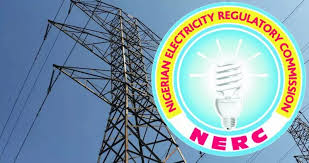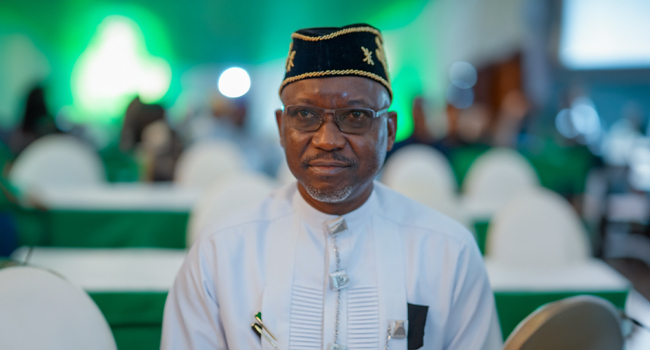Nigeria has the largest energy access deficit in the world – World Bank

Yinka Oladele
Despite numerous efforts by the Federal Government and operators in the Nigeria electricity supply industry (NESI) the World Bank says the country is first in terms of lack of access to electricity globally.
The bank, in a document recently released said with the array of challenges facing the power sector about 85 million people, representing 43 percent of Nigeria’s population are reportedly without access to grid electricity, making Nigeria the country with the largest energy access deficit in the world.
According to the report, “power remains a national problem, as over 40 percent of the electricity produce by generation companies, GENCOs is not transported to consumers due to constraints.
The bank said due to system constraints, generated power is rejected or forced to be reduced to match the infrastructure that transmits and distributes it to customers.
The report described the situation as of serious concern saying, “This has become a big challenge and an inhibitor to the NESI, weakening the efforts of the generation companies in recovering unavailable capacities and exploring expansion of capacity, considering the massive fixed charges incurred to keep such units available.
Meanwhile, EnergyDay analysis reveals that electricity supply post-privatization has grown tremendously.
Available data shows that Generation (GENCOs) capacity which was 3,427.5MW in 2013 has increased by 134 percent to 8,083MW (as GENCOs recovered 4,655.5MW).
But unfortunately, due to system constraints, the generated power is rejected or forced to be reduced to match the infrastructure that transmits and distributes power to the customer.
Similarly, a document titled, Performance of Power Generation 2013 to 2021 revealed that between January to October 2020, despite an available generation capacity of 8,083MW, GENCOs were only able to generate 3,972MW, thus losing an average of 4,111MW daily.
Part of the document reads, “It is imperative to note that the wellbeing of a power generation company goes beyond efficient operations to include its ability to generate income from power generated. With a total available installed generation capacity of more than 8,000MW and maximum wheeling capacity of not more than 5,500MW, there will always be a recurring instance of over 2,500MW idle generation.
“Idle generation represents capital investment not able to yield revenue that will hence impact the ability of the GENCOs to support efficient operations and service loans used in developing power plants. Out of the meagre 5,500MW of transmission wheeling capacity, the DISCOs have not proven to be able to distribute more than 4,500MW, continuously leaving yet another 1,000MW of generation capacity unutilized.
“GENCOs have been at the receiving end of the lapses and deficiencies in the Nigerian power sector, as well as the seemingly insurmountable challenges of operating within the sector.
“Meanwhile, exactly eight years after, the privatisation journey can best be described as a bleak anniversary, rendered gloomier still for Nigerians and businesses by the missteps and disarticulation by various stakeholders. Today, the GENCOs are not talking about breaking even or making profits, which are legitimate expectations of any investor, rather they are crying out about their continued operations at a huge loss and the absence of critically required support. The combined effect of these would render the GENCOs and their investors incapable of delivering power despite their willingness and readiness to so do.
“To this end, there is therefore need for a coordinated approach by all stakeholders in the Nigerian Electricity Supply Industry; a call for knowledgeable experts and technocrats to find viable/apolitical solution, encompassing the value chain. NESI is designed to be linked back to back by contracts, which mirror each other to ensure industry liquidity and sustainability.







